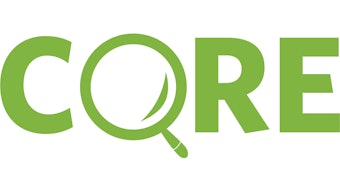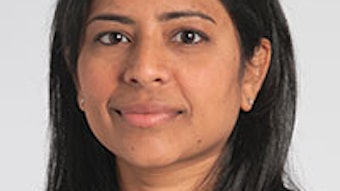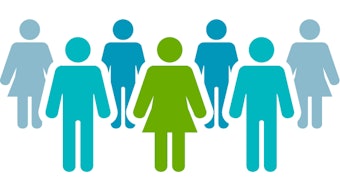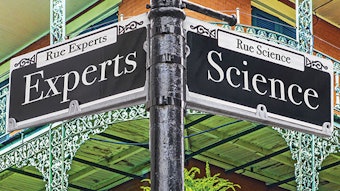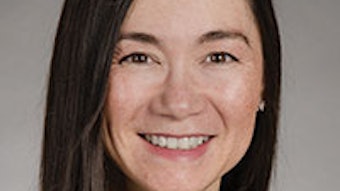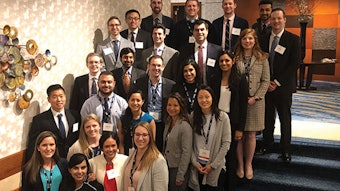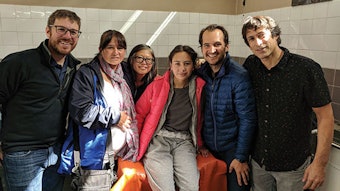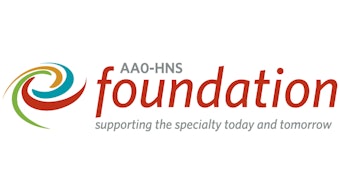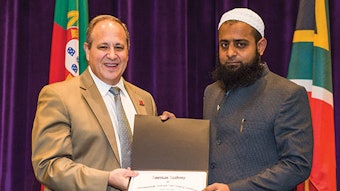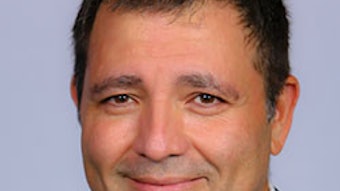Otology: What’s new in 2019?
We are entering the golden age of inner ear biology as scientists untangle the regulatory pathways that control the development and maintenance of hair cells and neurons. Tremendous advances have been made possible by chips that assay for hundreds or thousands of genes or proteins and by parallel advances in big data analytics that link molecules into networks.
AMERICAN OTOLOGICAL SOCIETY REPORT
John C. Carey, MD, President-Elect, American Otological Society
Carol A. Bauer, MD, President, American Otological Society
We are entering the golden age of inner ear biology as scientists untangle the regulatory pathways that control the development and maintenance of hair cells and neurons. Tremendous advances have been made possible by chips that assay for hundreds or thousands of genes or proteins and by parallel advances in big data analytics that link molecules into networks. Using these techniques, multiple laboratories are busy defining the genes, proteins, and control molecules that constitute the biochemical machinery of the inner ear. This knowledge will undoubtedly open new avenues to treat previously intractable ear maladies. Recent advances have already expanded our knowledge of the role of inflammatory mediators in inner ear viral infections and middle ear cholesteatomas and of the role of the blood-labyrinth barrier in disease and drug delivery. Indeed, the holy grail of regenerating hair cells and the more achievable goal of repairing them are inching closer as the molecular commands of inner ear function become clearer and more accessible.
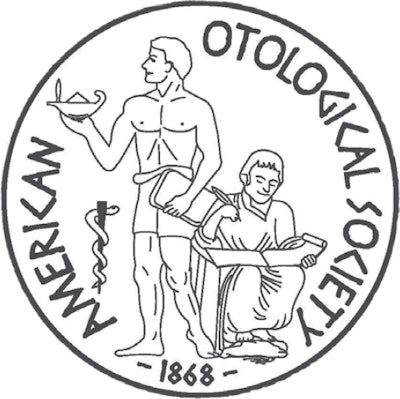
As fast as these advances are coming, we still face a tidal wave of hearing and balance issues for which our aging population will require solutions. The public health cost of untreated balance disorders in the elderly resulting in falls and the associated comorbidities continues to rise. The interface between central auditory function and cochlear dysfunction is increasingly recognized as an important factor in cognitive decline. We continue to educate policymakers on the importance of hearing and balance healthcare and the critical nature of public health consequences of these disorders.
The daily practice of otology and neurotology is also being revolutionized by new technologies. Endoscopic ear surgery is changing the way we access the middle ear and teach ear surgery. Eustachian tube balloon dilation has given us a new tool to address the common underlying problem of so much middle ear disease. Miniaturization of robotic technology may allow less invasive approaches to the ear and lateral skull base. Progress is being made in implants that will restore vestibular function. Meanwhile, advances in wearable consumer audio devices have blurred the lines that define conventional hearing aids, so much so that Congress has mandated that the FDA issue regulations for over-the-counter hearing devices. This promises to disrupt the market for hearing aids but to expand access for our aging populace.
Disruptive technologies and an aging population will challenge our subspecialty, but we are encouraged by an increasingly diverse and flexible workforce to meet these demands. According to a recent survey by Women in Neurotology, while 17 percent of the American Neurotology Society overall are women, the youngest generation is nearly one-third women surgeons. There is growing recognition that more needs to be done to advance women and minorities to leadership positions in our organizations and institutions. Leaders of our subspecialties are committed to diversity and inclusion strategies to ensure that our future challenges will be met by the full range of talent that we have to offer.
